Belgrade Travel Guide: Things to Do, Museums, & Local Food
Belgrade Travel Guide: Things to Do, Museums, & Local Food
Belgrade, Serbia’s capital, is quietly emerging as one of Europe’s most captivating city breaks.
With its compact old town, sweeping views of the Danube and buzzing underground bars, you can easily pack a long weekend with culture and local life with less than three hours’ flight time.
Here, centuries of history meet striking modern architecture, bustling markets and cosy cafés tucked down cobbled lanes. Days might be spent exploring world-class museums or browsing local produce, while evenings bring live folk music in the Bohemian Quarter, riverside terraces serving Serbian wine, and late-night energy that spills into the streets.
A Belgrade city break offers an irresistible blend of history, flavour and atmosphere - all wrapped up in a city that still feels like a hidden gem.
Why Visit Belgrade?
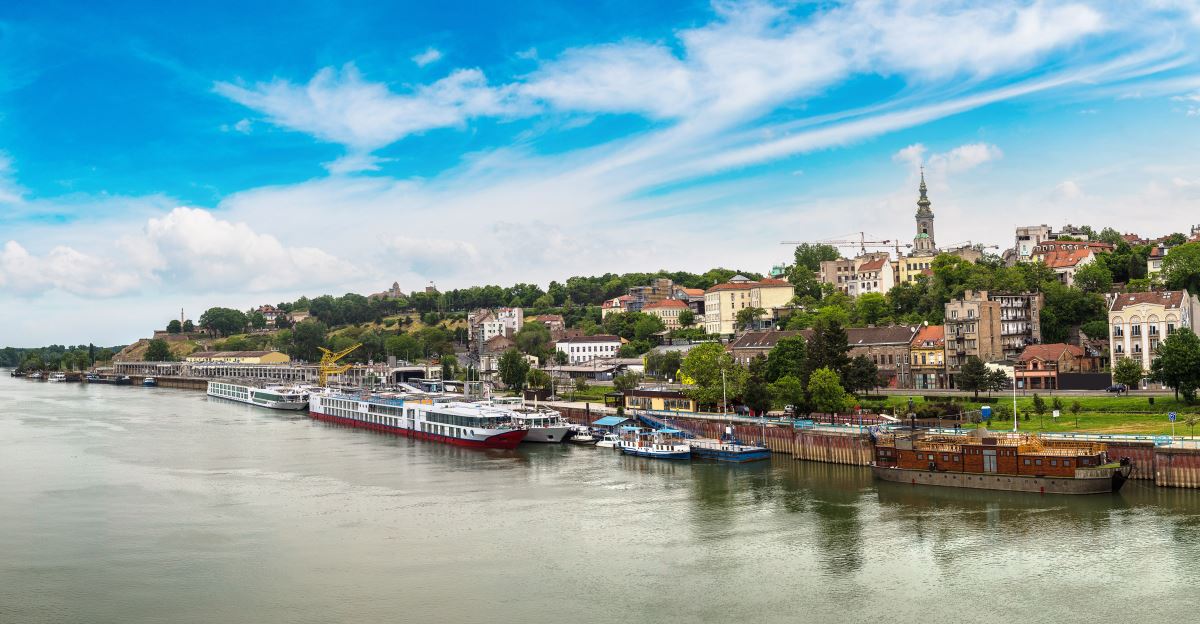 Belgrade waterfront
Belgrade waterfront
Perched where the Danube and Sava Rivers meet, the Serbian capital is a city of contrasts, and that’s precisely its charm.
Cobbled streets wind past Art Nouveau façades, crumbling Ottoman relics and striking brutalist blocks. Bohemian quarters hum with live music, while leafy parks offer a peaceful oasis just steps from the buzz.
If you’re wondering is Belgrade worth visiting, the answer is a resounding yes. This is a place where you can dive into centuries of Serbian history in the morning, sip rakija on a sunlit terrace by afternoon, and end the day in a candlelit kafana as folk musicians play.
Part of Belgrade’s appeal lies in how much can be experienced in a short visit. A few days in the city are enough to explore its lively streets, iconic landmarks and thriving arts and nightlife scenes.
Our Belgrade Short Break tour, over five days, perfectly balances city highlights and nearby excursions, from the grandeur of St Sava Cathedral and Kalemegdan Fortress to the Baroque charm of Novi Sad and the monasteries of Fruska Gora. Tailor your stay with 3*, 4* or 5* hotels, and immerse yourself in the rich culture, history, and energy that make Belgrade a captivating city break.
(4).jpg)
Andrea Godfrey
Head of Regent
How to Get to Belgrade
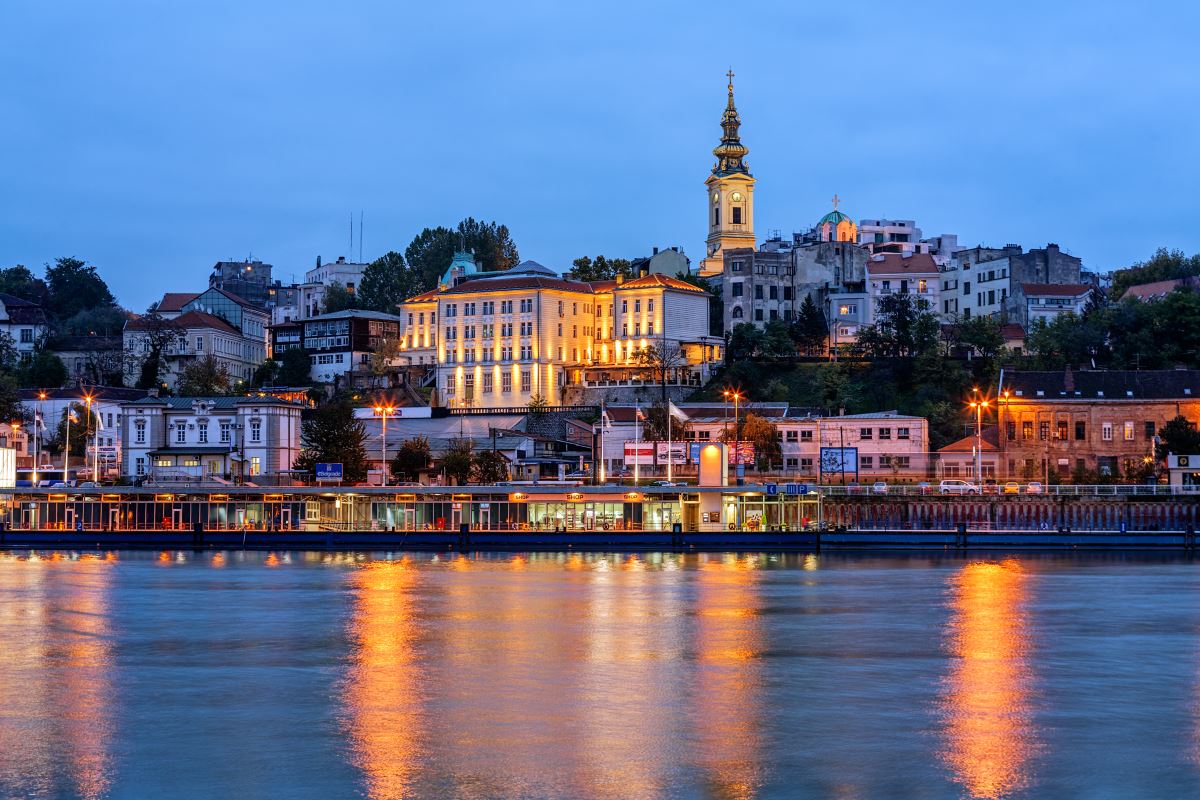 Belgrade waterfront at night
Belgrade waterfront at night
Flights to Belgrade from the UK are quick and convenient, with direct Air Serbia services from Heathrow Terminal 4. Online check-in makes the journey even smoother, and arrivals at Belgrade Nikola Tesla Airport are hassle-free, with airport transfers into the city taking around 20 minutes. Whether you’re flying for a long weekend or a short city break, UK to Belgrade flights offer a seamless start to your trip.
Top Things to Do in Belgrade
From museums celebrating iconic figures to cobbled streets buzzing with cafés and nightlife, there’s plenty to keep you inspired during your Belgrade holidays. Here are some of the highlights I discovered on my trip.
House of Flowers & Museum of Yugoslavia
(1).jpg) House of Flowers & Museum of Yugoslavia
House of Flowers & Museum of Yugoslavia
Located in the leafy, upscale Dedinje district, the House of Flowers (Kuća Cveća) is the final resting place of Josip Broz Tito, the long-serving leader of Yugoslavia. Walking through the serene indoor gardens to his marble tomb felt deeply atmospheric, while exhibition rooms showcase Tito’s personal belongings, uniforms, and a timeline of Yugoslav history.
The adjacent Museum Laboratory houses permanent exhibitions featuring posters, old typewriters and historical artefacts. Visiting here offers a unique insight into Serbia’s past and the life of one of its most influential leaders.
My top tip: The House of Flowers is south of the River Sava and a short taxi ride from the city centre. Guided tours can enrich the experience.
Nikola Tesla Museum
.jpg) Nikola Tesla Museum
Nikola Tesla Museum
A short walk from the centre, the Nikola Tesla Museum is a compact yet captivating tribute to the world-renowned inventor. Entry is 800 RSD (cash only), and timed groups help manage the visitor flow. Highlights include a short film on Tesla’s life, live demonstrations of wireless electricity, and displays of personal belongings and original documents. It’s interactive and engaging – a must for science enthusiasts.
My top tip: Check opening hours in advance; some evenings the museum is open until 8pm.
National Museum of Serbia
.jpg) National Museum of Serbia
National Museum of Serbia
Situated near the heart of the city, the National Museum of Serbia houses over 400,000 objects spanning prehistory, Roman relics, medieval Serbian art, and European masterpieces by Van Gogh, Monet, and Picasso. I was particularly drawn to the Yugoslav art collection, as well as the Serbian coins and banknotes section. The museum offers a comprehensive insight into Serbian culture and history.
Travel Tip: Entry is 300 RSD, and admission is free on Sundays. Closed on Mondays.
Skadarlija & Old Town
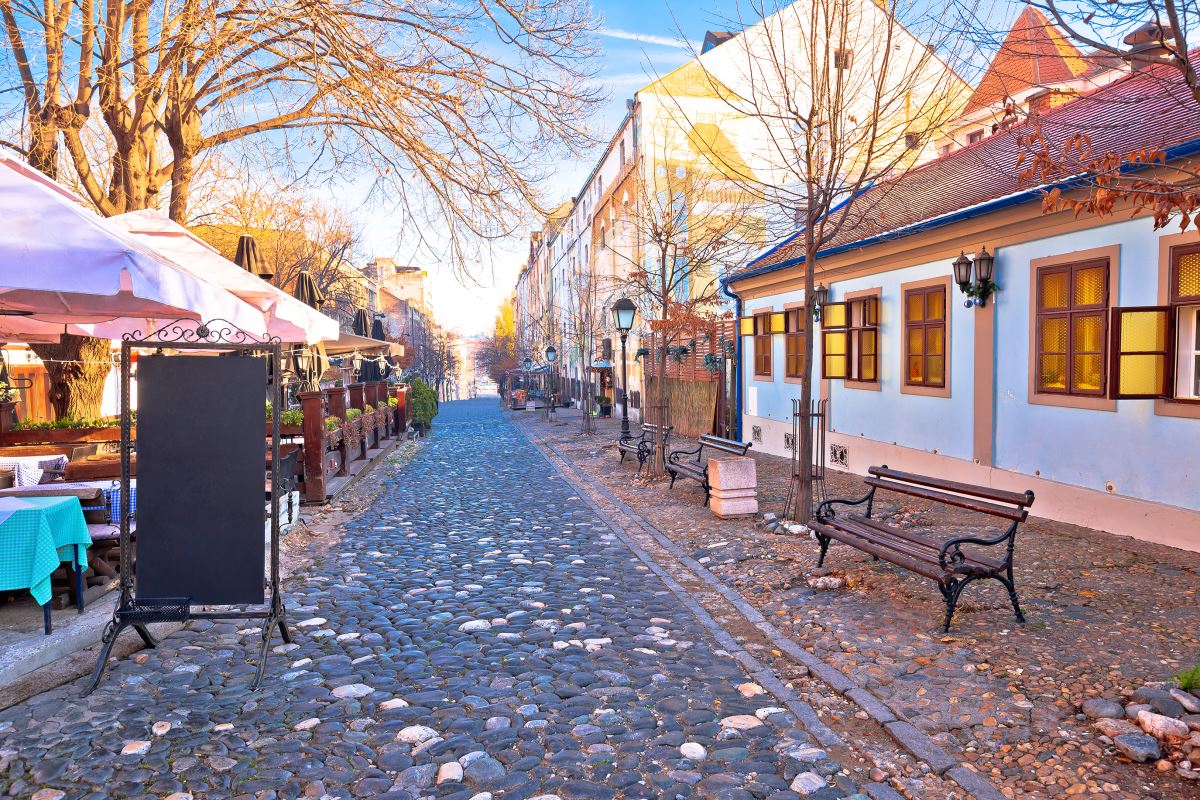 Skadarlija
Skadarlija
No Belgrade trip is complete without wandering the cobbled streets of Skadarlija, the city’s bohemian quarter. Cafés, taverns, and galleries line the street, making it perfect for soaking up local life. Here, you can enjoy live music, traditional Serbian cuisine, or simply watch the world go by. The surrounding Old Town features historic architecture, bustling markets, and charming squares that invite exploration.
My top tip: Evening visits are particularly atmospheric, but note that the area can be lively and noisy, especially on weekends.
Explore Belgrade and Beyond
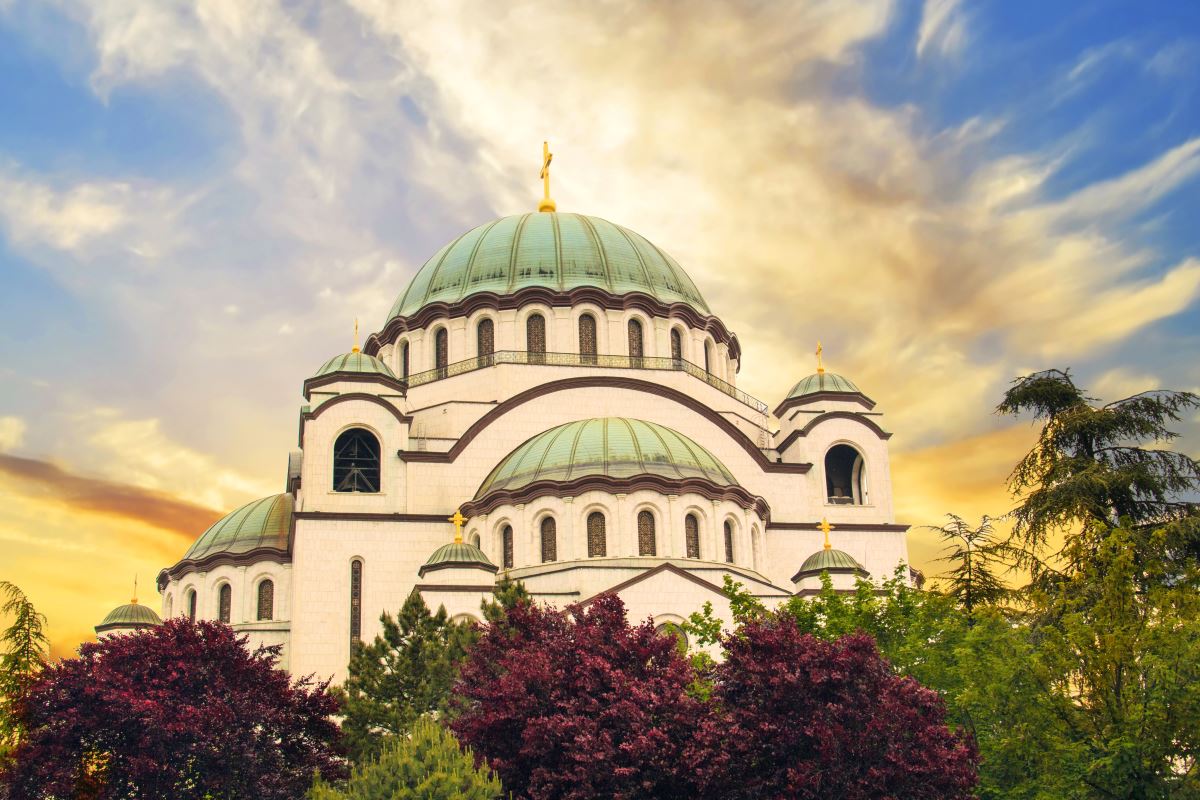 Sava Temple, Belgrade
Sava Temple, Belgrade
For those who want to see all the highlights of Belgrade and discover the wider Balkans, our A Journey Through the Balkans 16-day tour is the perfect choice.
From strolling the vibrant streets of Belgrade and visiting iconic sites like St. Sava Temple and Skadarlija, to exploring Sarajevo, Mostar, and the stunning Dalmatian coast, this tailor-made journey brings the region’s history, culture, and scenery vividly to life.
Where to Eat in Belgrade
Belgrade is a true haven for food lovers, offering a mix of traditional Balkan cuisine and modern twists. During my trip, I discovered a few standout places that capture the city’s culinary spirit.
Tri Šešira
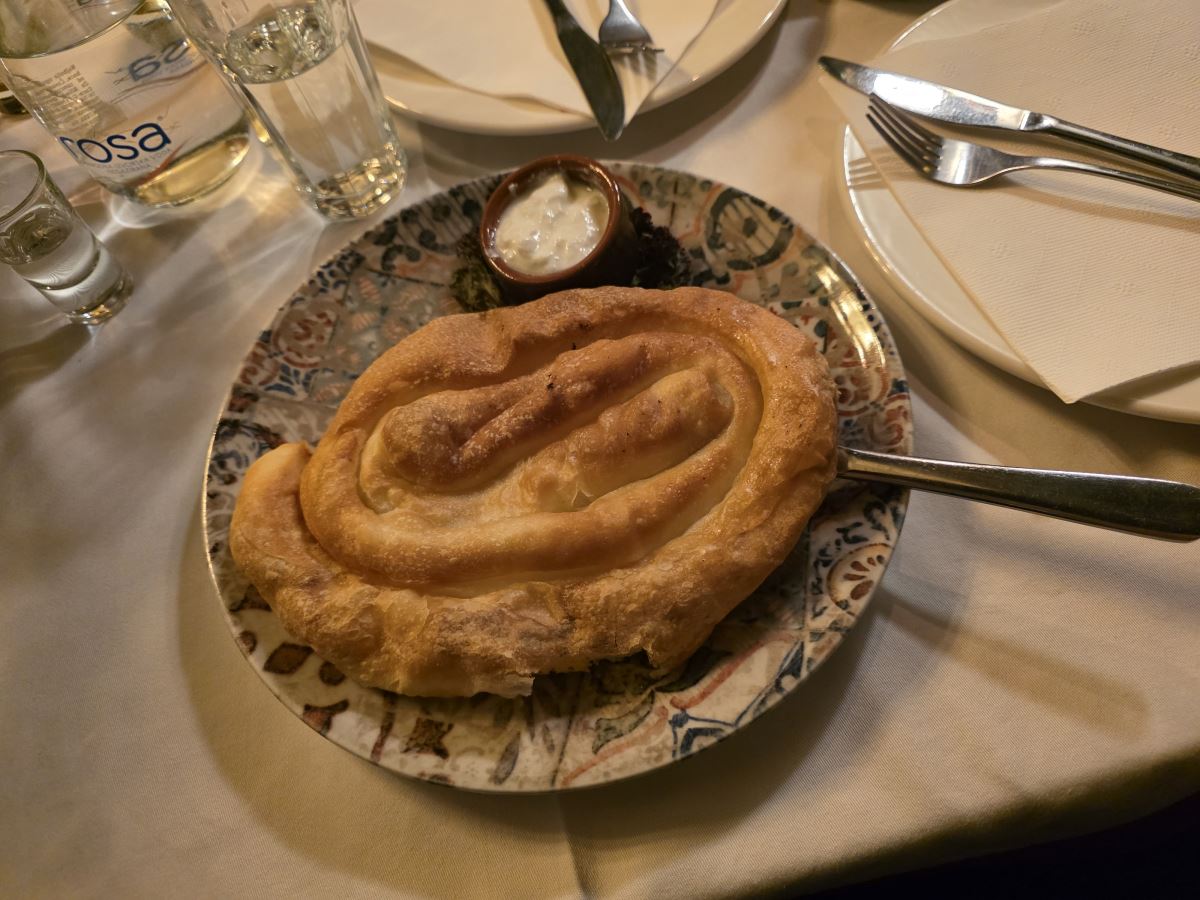 Authentic cuisine at Tri Šešira
Authentic cuisine at Tri Šešira
For a lively, traditional evening, Tri Šešira in Skadarlija is a must-visit. The atmosphere buzzes with live folk music, and the menu showcases classic Serbian dishes like Shopska salad and ćevapi. Pre-booking is recommended, especially on busier nights.
Ambar
.jpg) Traditional rakija
Traditional rakija
If you’re after a more modern take on Balkan cuisine, Ambar, located on Beton Hala, is perfect for sampling small plates with bold flavours. The terrace overlooks the Sava River, making it an ideal spot for lunch or dinner while soaking up the city’s energy.
Kalemegdanska Terasa
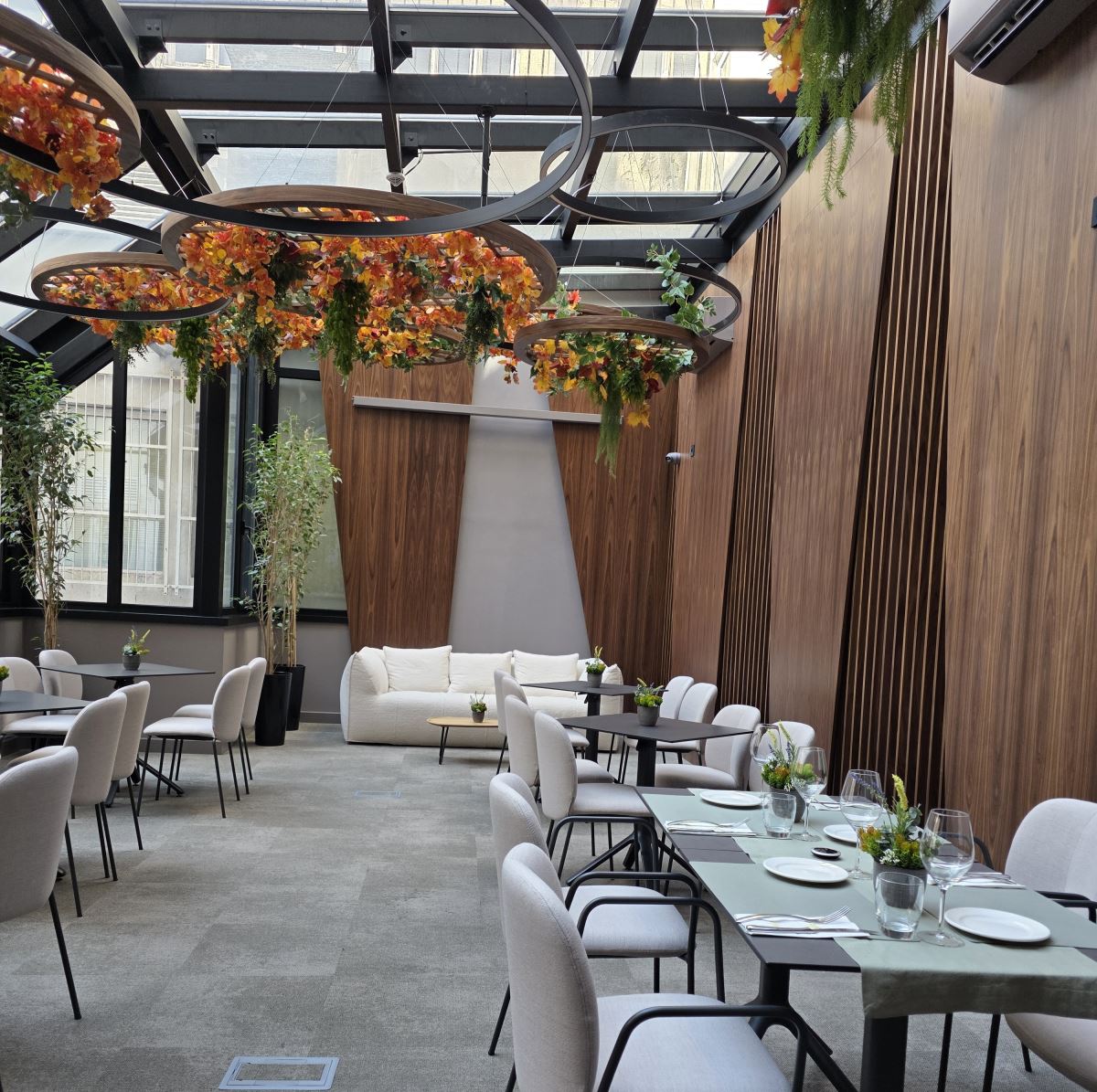 Kalemegdanska Terasa
Kalemegdanska Terasa
For fine dining with a view, Kalemegdanska Terasa sits atop the Belgrade fortress, offering stunning panoramas alongside expertly crafted dishes. It’s the kind of place to linger and enjoy the moment.
Local wine
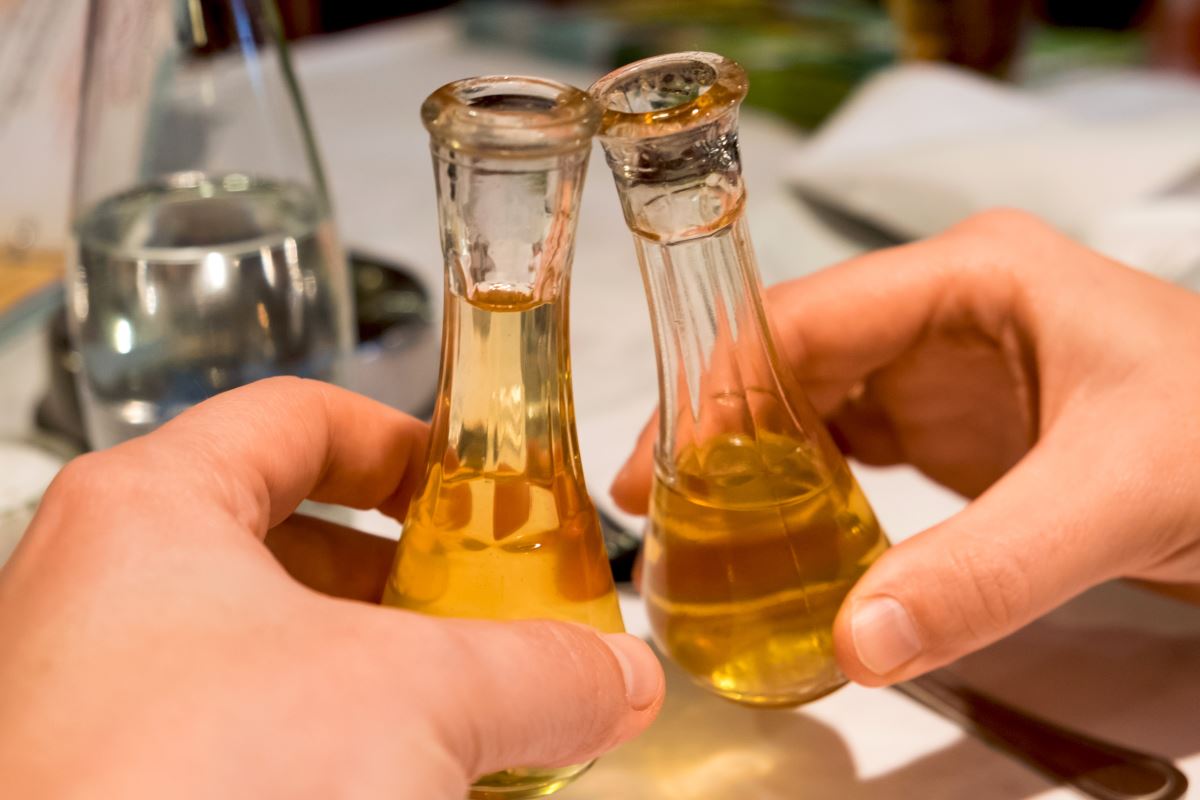 Traditional rakija
Traditional rakija
Don’t forget to try a glass of Serbian wine or a shot of rakija to accompany your meal – both are local favourites that perfectly complement the cuisine.
Indulge in Authentic Serbian Flavours
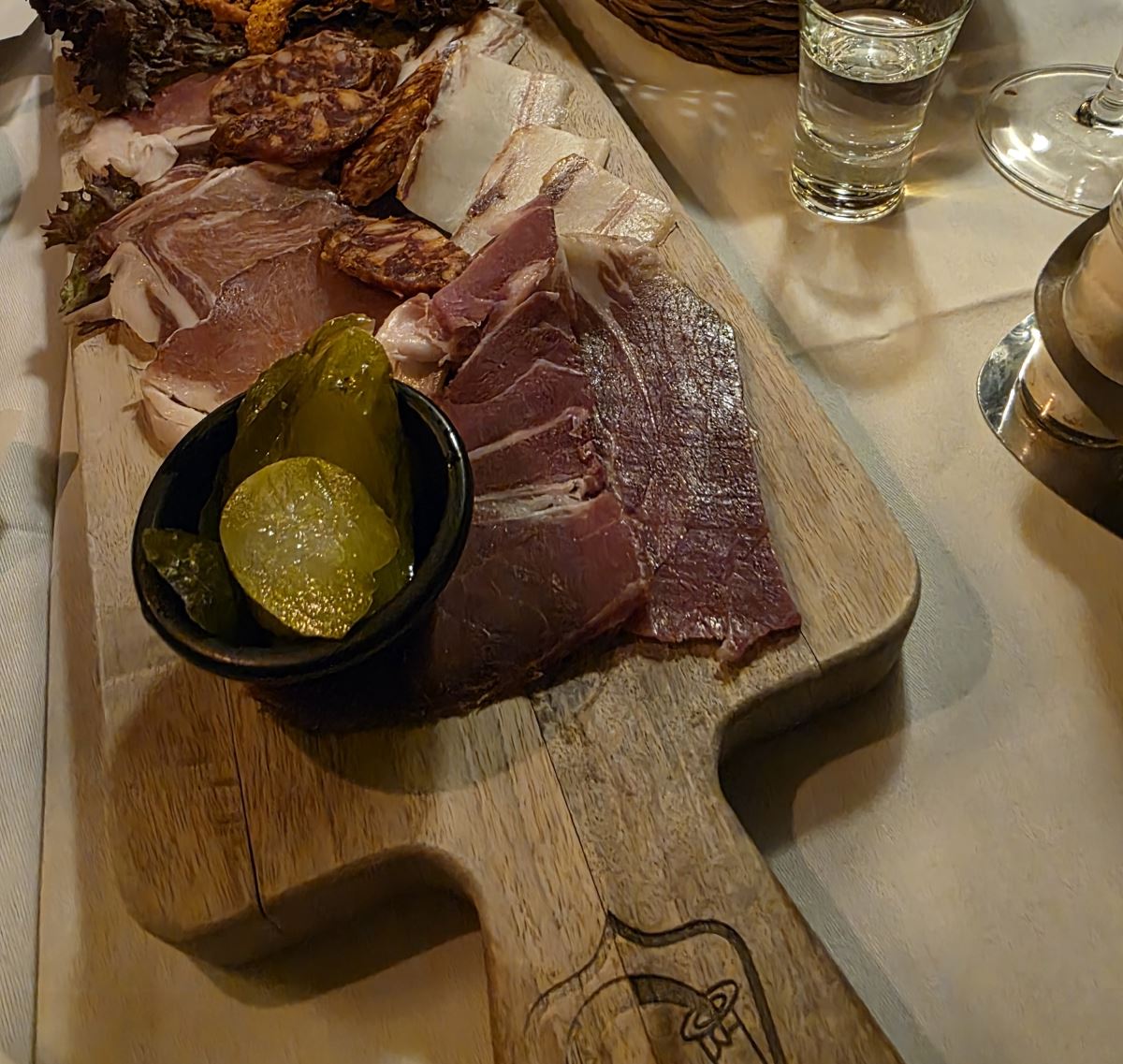 Traditional Serbian platter
Traditional Serbian platter
For travellers who want to savour Belgrade’s culinary delights while exploring Serbia’s cultural treasures, our Cultural Landscapes of Serbia 10-day tour is the perfect choice.
With a private driver-guide, tailor-made itinerary, and handpicked experiences - including medieval monasteries, the Sargan Eight scenic railway, and UNESCO treasures like Felix Romuliana - you’ll enjoy authentic Serbian cuisine, local wines, and traditional kafanas along the way. Every meal becomes an opportunity to immerse yourself in the country’s rich heritage.
Where to Stay in Belgrade
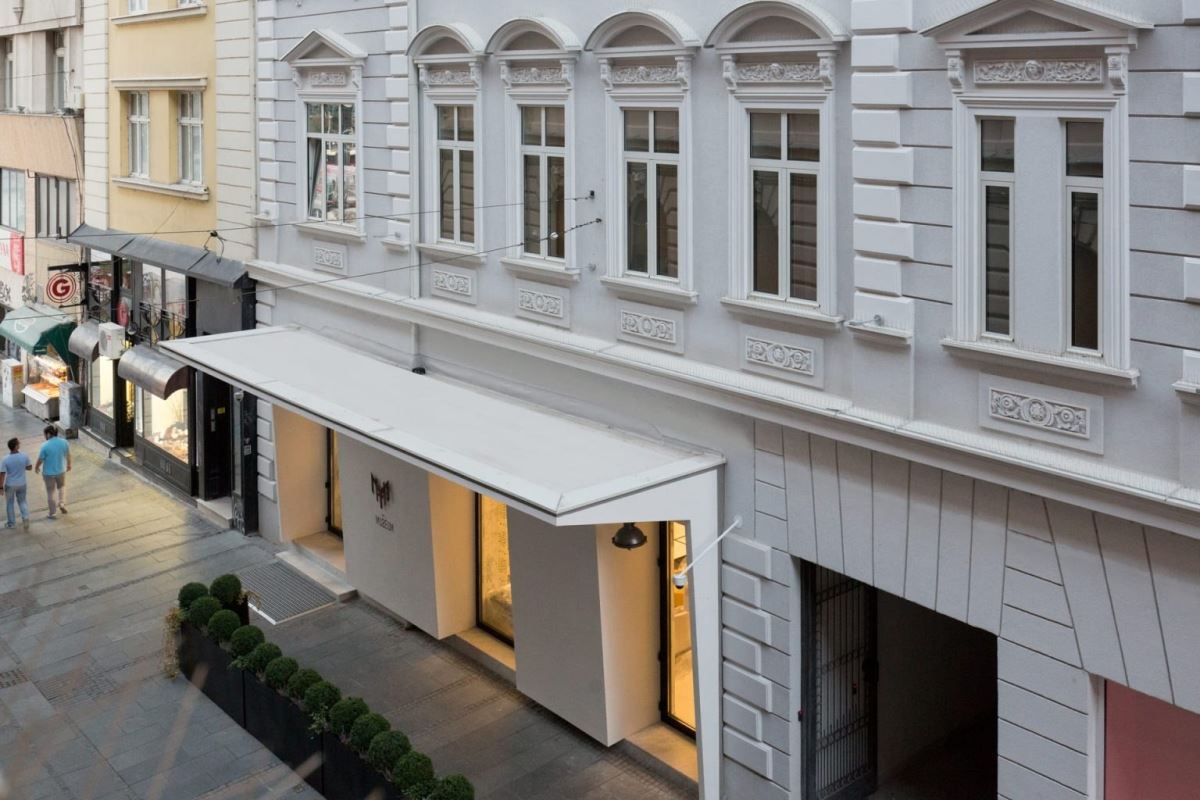 Boutique Hotel Museum
Boutique Hotel Museum
For a central and comfortable stay, Boutique Hotel Museum is a standout choice. Tucked away on a pedestrian street, it offers easy access to Belgrade’s main attractions while providing a peaceful retreat. The Double Superior Museum View rooms are particularly delightful, overlooking the neighbouring museum and giving a sense of the city’s historic charm. The hotel is in a lively area, which is perfect for those who enjoy being close to cafés and nightlife, though the buzz can be overwhelming during events like the Belgrade Marathon.
When choosing where to stay, it’s worth thinking about the balance between convenience and tranquillity. Areas near pedestrian streets like Knez Mihailova make it easy to explore on foot, while still being close to landmarks such as Kalemegdan Fortress. However, the central location comes with the hum of city life, so if you prefer quiet evenings, it may be best to pick a street just off the main squares.
Belgrade Travel Tips
Is Belgrade Safe for Tourists?
.jpg) Belgrade city centre
Belgrade city centre
You may wonder,“is Belgrade safe?” The short answer is yes. Belgrade is generally very safe for tourists, with friendly, welcoming locals and a vibrant, energetic atmosphere. Like any major city, it’s wise to take basic precautions, particularly in crowded areas such as Knez Mihailova Street, public transport, or busy nightlife spots, where pickpockets may operate.
Other than staying aware of your belongings, there are few safety concerns. Solo travellers, families, and couples alike can enjoy the city without worry, whether exploring historic sites, strolling along the river, or enjoying the bustling café culture. Overall, Belgrade’s charm lies not just in its history and cuisine, but also in the warmth of its people, making it a safe and inviting destination.
Local Currency & Payments
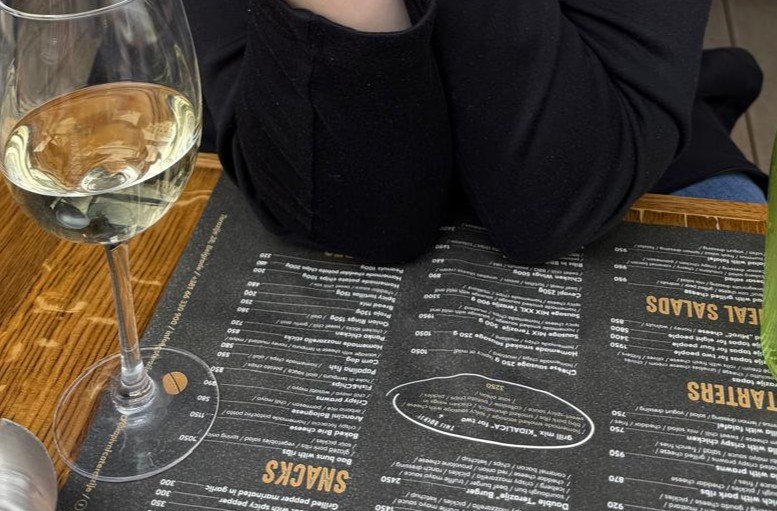 Local wine bar, Belgrade
Local wine bar, Belgrade
When visiting Belgrade, it’s useful to know the local currency. The currency in Belgrade is the Serbian Dinar (RSD). While credit and debit cards are widely accepted in hotels, restaurants, and larger shops, cash remains important for smaller establishments, markets, or attractions—such as the Tesla Museum, which only accepts cash.
ATMs are plentiful throughout the city, making it easy to withdraw dinars as needed. Exchange rates are generally competitive at banks and official exchange offices, but it’s best to avoid exchanging money on the street. Having a mix of cash and cards ensures you’re prepared for any situation while exploring Belgrade’s vibrant streets.
Getting Around Belgrade
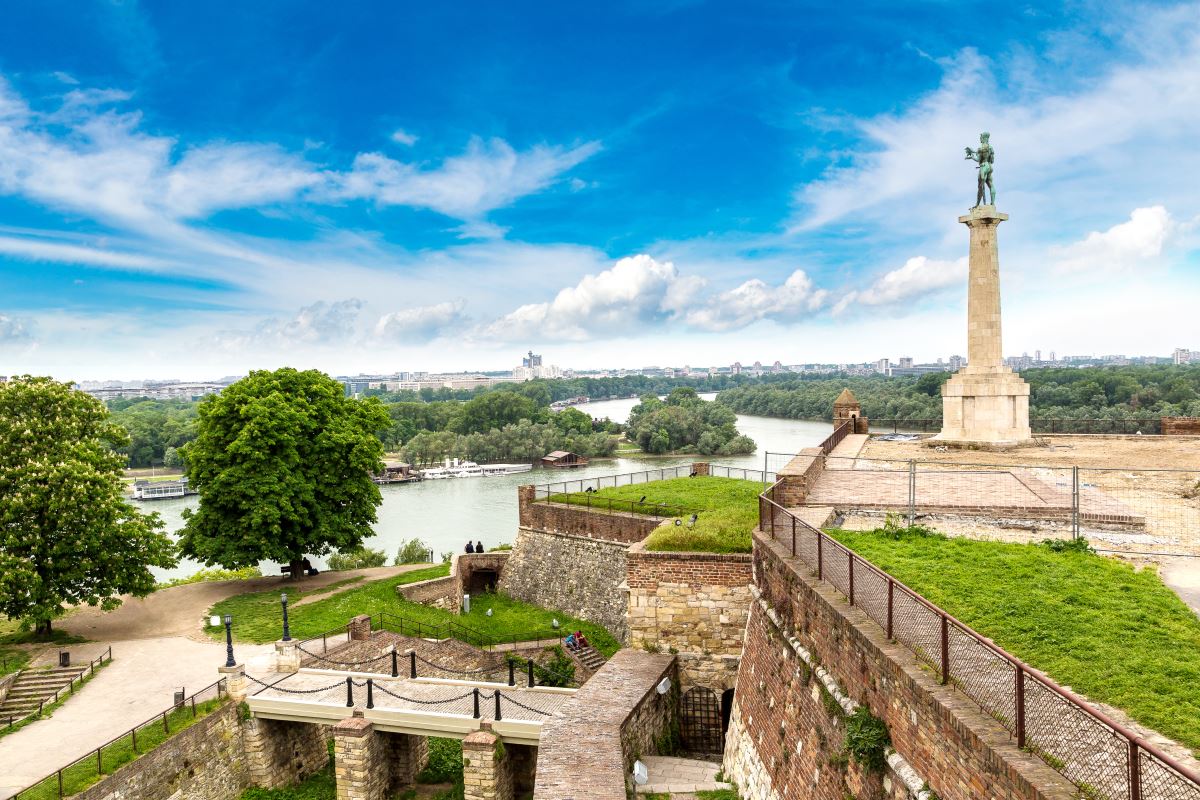 Belgrade city
Belgrade city
Belgrade is a city best explored on foot, particularly around the old town, city centre, and lively streets like Knez Mihailova Street. Walking allows you to soak up the vibrant mix of street art, live music, and the historic charm of the Bohemian quarter, while enjoying views of the Sava and Danube rivers. Strolling through the Belgrade Fortress and Kalemegdan Park gives a real sense of the city’s Serbian history and its evolution from past conflicts to a thriving cultural hub.
For longer distances, Belgrade public transport is reliable and convenient. The city is served by buses and trams, while taxis and ride-hailing apps like Bolt offer easy access to spots such as the Nikola Tesla Museum, Saint Sava, or the Belgrade waterfront. If you’re arriving from the airport, pre-booked transfers or private drivers provide a smooth start to your trip. Using public transport or taxis is also a great way to reach hidden gems, local markets, and quieter areas of the city centre without missing out on traditional Serbian cuisine or the vibrant nightlife that makes Belgrade worth visiting.
Language & Local Etiquette
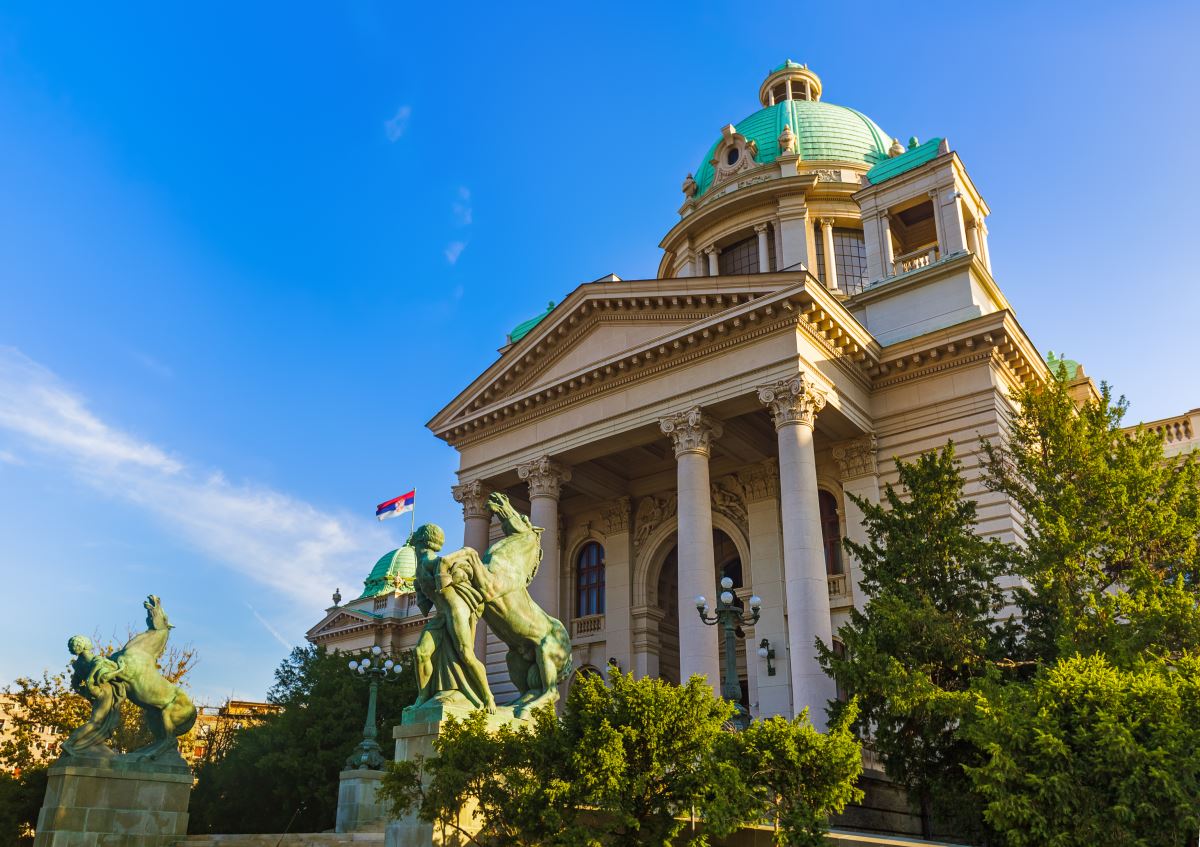 Belgrade
Belgrade
English is widely spoken, especially among younger people, making it easy to visit Belgrade and explore attractions like Republic Square or the National Museum. Learning a few basic Serbian phrases, such as “Hvala” (thank you) or “Dobar dan” (good day), is appreciated. Smoking is still common indoors, so check for non-smoking areas if needed.
Belgrade Weather & When to Visit
.jpg) Belgrade waterfront
Belgrade waterfront
Belgrade experiences warm summers and cold winters, with spring and early autumn offering the most pleasant weather for exploring the Belgrade city centre. Visiting in spring or summer means longer days and lively outdoor cafes, though events like the Belgrade Marathon can bring extra crowds and noise.
Planning Your Visit to Belgrade
Belgrade is easy to explore, full of history, culture, and great food. For advice or help planning your trip, contact our team and we’ll make it simple.
Looking for more city guides in the world's most unique destinations?
Discover more with Regent...
Reykjavik City Guide: Things to Do, Best Hotels & Northern Lights
Solo Travel in Copenhagen: Your Guide to the Perfect City Break